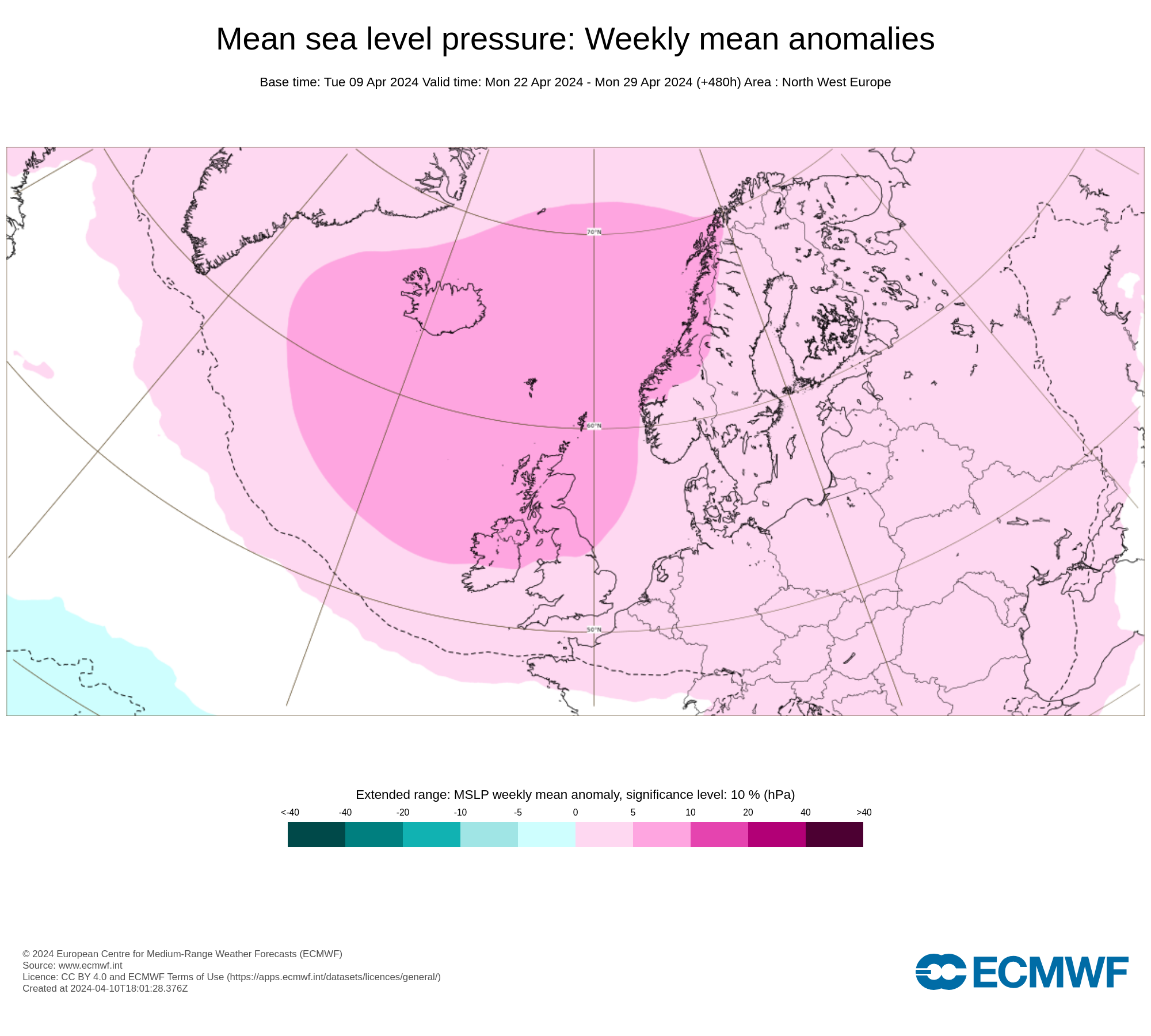Hurricane Lorenzo becomes the most strongest Hurricane far east in the Atlantic
The U.S. National Hurricane Center said Lorenzo rapidly grew to a Category 4 storm Thursday, making it the region's third major hurricane of the record-breaking season. The storm's quick growth was unusual for hurricanes in the Atlantic, which usually gain intensity further west.
By 11 a.m. EDT Friday, Lorenzo was located about 1,600 miles southwest of the Azores Islands, moving north-northwest over the central Atlantic at 14 mph.
The storm is powerful — maximum sustained winds clocked in at 140 mph (225km/hr) — and large: Hurricane-force winds extend outward up to 45 miles (72km) from the center, and tropical-storm-force winds reach up to 265 miles (426km).
Even though water temperatures were near their long-term average values, the storm fed off of low wind shear and ample moisture.
CONTINUES BELOW
The environment is nearly perfect for it to be as strong as it can be given the water temperatures and upper-level atmospheric temperatures that it has been given,Most hurricanes don't reach their maximum potential intensity, because even if water temperatures are warmer than what Lorenzo had, shear and moisture content aren't as conducive.
Only Hurricane Julia, in 2010, intensified to Category 4 status farther east in the Atlantic than Lorenzo did, according to Weather.com. Julia's estimated winds peaked at 140 mph 289km/hr. Many others have seen far greater winds: In 2005, Hurricanes Katrina, Rita and Wilma had winds estimated near 180 mph 289km/hr. Hurricane Gilbert, in 1998, saw 185 mph 297km/hr winds.
September 2010's Hurricane Julia was the only other hurricane on record to intensify to Category 4 status farther east in the Atlantic Ocean than Lorenzo. But Julia's estimated winds peaked at 140 mph, slightly lower than Lorenzo.
Even in the heart of hurricane season, tropical waves moving off the coast of western Africa usually take some time to mushroom into intense hurricanes.
This is often due to intrusions of dry air, known as Saharan air layers, moving off Africa's Sahara Desert. Fledgling tropical disturbances need warm, moist air to intensify, so battling these intrusions can prevent intensification or even spell doom in the eastern Atlantic Ocean.
In Lorenzo's case, that wasn't a big problem.
A lack of shearing winds, typically warm ocean water and moist air allowed Lorenzo to rapidly intensify so far east.
CONTINUES BELOW
Lorenzo is even a bigger outlier when considering only those Category 4 hurricanes from Sept. 26 through the end of the season, as pointed out by Richard Dixon, a meteorologist at CatInsight and Michael Lowry, an atmospheric scientist at FEMA.
Really for any time of year, a hurricane this strong so far east is remarkably impressive. #Lorenzo #HurricaneLorenzo pic.twitter.com/Tt4dkxoNzO
— Michael Lowry (@MichaelRLowry) September 27, 2019
Azores Threat
The storm is no immediate threat to land, but it is forecast to pass near the Azores Tuesday night or early Wednesday as a weaker, but still formidable hurricane.
The National Hurricane Center mentioned Lorenzo's wind field is large, increasing the chances it may impact the group of Portuguese islands about 900 miles west of Portugal.
NHC forecaster Eric Blake tweeted Thursday its size resembled that of a super typhoon in the western Pacific Ocean than an eastern Atlantic hurricane.
According to NOAA's historical database, only seven Category 2 or stronger hurricanes have tracked within 200 nautical miles of the Azores, in records dating to the mid-19th century.
Ophelia passed south the Azores as a Category 3 hurricane in mid-October 2017, but produced tropical storm-force winds, downing a few trees and triggering some minor flooding, according to the NHC's final report.
A September 1926 Category 2 hurricane with estimated winds of 105 mph tracked over the island of São Miguel.
Kenneth from the Donegal Weather Channel.
Click on the tabs below to view the new forecasts available under the forecast section.
2019 CALENDAR NOW ON SALE










































Donegal Weather Channel 2023 Calendar
A selection of photos by Donegal Weather Channel over the last year in different locations through out Ireland, during different weather conditions and sky events to capture the best images for you. You can now pre order your Calendar 2023 which will be available for postage by the end of November 2023. Work wide postage available.
By buying a Calendar you are help fund and secure the future of Donegal Weather for another year.
Kind Regards
Kenneth